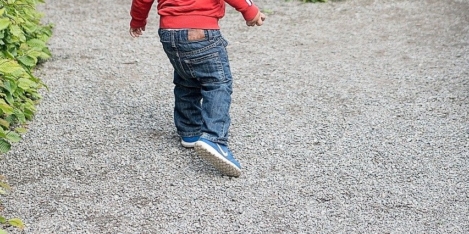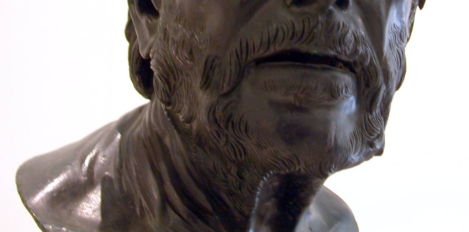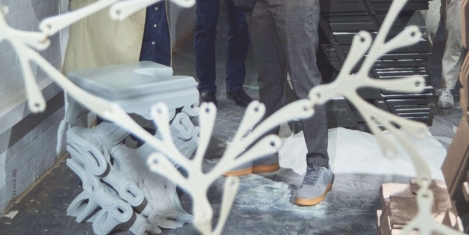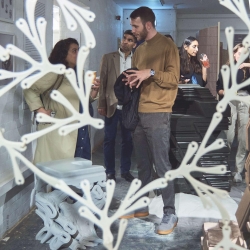To provide the best experiences, we use technologies like cookies to store and/or access device information. Consenting to these technologies will allow us to process data such as browsing behaviour or unique IDs on this site. Not consenting or withdrawing consent, may adversely affect certain features and functions.
The technical storage or access is strictly necessary for the legitimate purpose of enabling the use of a specific service explicitly requested by the subscriber or user, or for the sole purpose of carrying out the transmission of a communication over an electronic communications network.
The technical storage or access is necessary for the legitimate purpose of storing preferences that are not requested by the subscriber or user.
The technical storage or access that is used exclusively for statistical purposes.
The technical storage or access that is used exclusively for anonymous statistical purposes. Without a subpoena, voluntary compliance on the part of your Internet Service Provider, or additional records from a third party, information stored or retrieved for this purpose alone cannot usually be used to identify you.
The technical storage or access is required to create user profiles to send advertising, or to track the user on a website or across several websites for similar marketing purposes.
 This was originally published in December 2020. All happy families are alike; each unhappy family is unhappy in its own way. As is now the way of these things, the famous opening words of Anna Karenina have been used to name a principle that is applied across a wide range of fields. It describes how success can only happen in one way, but failure comes in many forms. (more…)
This was originally published in December 2020. All happy families are alike; each unhappy family is unhappy in its own way. As is now the way of these things, the famous opening words of Anna Karenina have been used to name a principle that is applied across a wide range of fields. It describes how success can only happen in one way, but failure comes in many forms. (more…)






















 Quoting George Orwell is the kind of thing that people who haven’t read Orwell do. The term Orwellian is used by people who have not only not read him, but have latched on to some laundered idea of the themes of his work. They are not only misrepresenting him, but misrepresenting a misrepresentation. If it were true that the dead could spin in their graves, Orwell would solve the world’s energy crisis. He could power the Northern Hemisphere by reacting to the liberties taken with Nineteen Eighty-Four alone. Anyway. I have read him so you and he will have to forgive me for what I’m about to say.
Quoting George Orwell is the kind of thing that people who haven’t read Orwell do. The term Orwellian is used by people who have not only not read him, but have latched on to some laundered idea of the themes of his work. They are not only misrepresenting him, but misrepresenting a misrepresentation. If it were true that the dead could spin in their graves, Orwell would solve the world’s energy crisis. He could power the Northern Hemisphere by reacting to the liberties taken with Nineteen Eighty-Four alone. Anyway. I have read him so you and he will have to forgive me for what I’m about to say. 









October 6, 2023
Are the days of landmark corporate headquarters over?
by Mark Eltringham • Comment, Workplace design